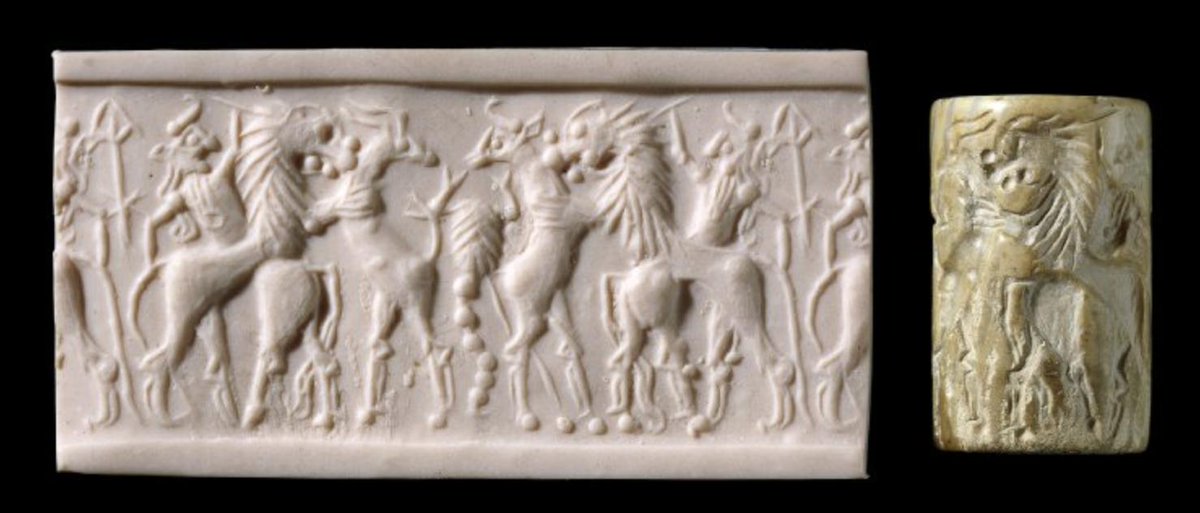
Four leading historians offer their thoughts on #TheDawnOfEverything (1/6)
radioopensource.org/a-new-history-…
radioopensource.org/a-new-history-…
@ 12:20 Philip Deloria - Harvard’s Professor of Native American History - on the Indigenous critique of European society as a force in history and its implications from past to present
#TheDawnOfEverything (2/6)
#TheDawnOfEverything (2/6)
@ 32:20 Joyce Chaplin - Harvard’s Professor of Early American History - on deep time, environmental justice, and why rethinking the big questions of human history matters so much now
#TheDawnOfEverything (3/6)
#TheDawnOfEverything (3/6)
@ 35:40 Robin D.G. Kelley - UCLA’s Distinguished Professor in U.S. History - on escaping teleological views of history, the past as a resource for rethinking human political capacities, and umasking the Enlightenment
#TheDawnOfEverything (4/6)
#TheDawnOfEverything (4/6)
@ 42:10 Peter Linebaugh - Toledo’s Professor of History - neither romantic, nor nostalgic, but expanding our sense of possibilities through the forms of life that archaeology and anthropology reveal to us #TheDawnOfEverything (5/6)
thank you so much to all the participants, and to Christopher Lydon for your hospitality, and for putting this together (6/6)
• • •
Missing some Tweet in this thread? You can try to
force a refresh






